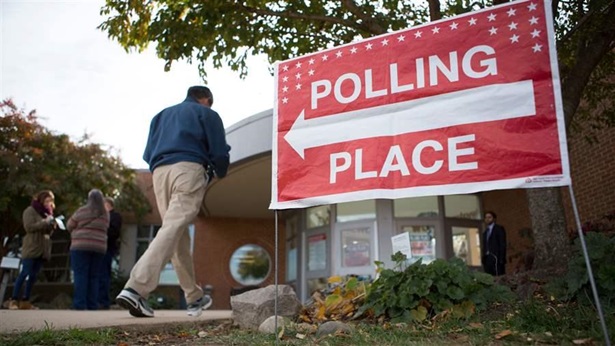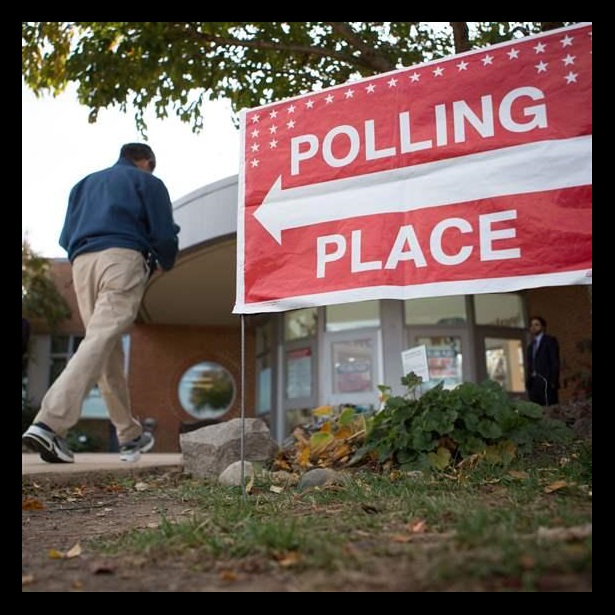DC Elections Officials Focus on Customer Service
After the June 14 primary, citizens of Washington had the opportunity to share their thoughts on the electoral process via an email survey conducted by the District of Columbia Board of Elections (DCBOE). The nonscientific study is part of the DCBOE’s service approach to elections, which treats voters as customers by seeking feedback on their experiences when casting ballots. The survey asked voters about locating polling places, wait times, checking in, ballots, accessibility for those with disabilities, privacy concerns, service provided by election workers, and overall satisfaction.
“Even for small agencies and at the local government level, it is becoming increasingly important to meet the needs of the citizens we serve,” says Eric Olsen, election training coordinator at DCBOE.
District voters demonstrated an eagerness to provide feedback:
- Of the 19,677 surveys sent by email, voters opened 10,458.
- Among voters who opened the email, 98.7 percent completed the survey.
- Nearly 90 percent of respondents indicated that their voting experience was “very satisfactory.”
“We were excited so many voters responded to the survey,” says Olsen. “We were hoping to get at least 1,000 voters to respond, so we were pleased to exceed that total in the first several hours of the survey.”
Officials in other jurisdictions are also embracing a more customer-friendly approach to elections. For example:
- After each election since 2009, the Orange County, California, Registrar of Voters has surveyed the people involved in preparing and running elections. The county has used the results to retool its polling place manual, redesign its provisional process and envelopes, adjust phone bank resource allocation, improve training materials, and change the packaging of elections supplies.
- The Cuyahoga County Board of Elections (CCBOE) in Ohio conducted online voter-feedback surveys in 2014 and 2015 over a five-day period to gauge people’s election experiences, including voting by mail. As a result of the survey, the CCBOE created a voter email/text message notification tool that allows voters to subscribe for updates about the status of their mail ballots.
- The Election Advisory Committee in Missoula County, Montana, worked with the University of Montana’s political science department to perform a phone survey in January 2016 to find out why voters vote and to identify the best practices for running elections. Results showed that a strong majority of respondents support online voter registration, according to electionlineWeekly.
- After the 2014 election, the Seminole County Supervisor of Elections Office in Florida provided voters with postcards that allowed them to anonymously rate the check-in process, the voting process, and the overall experience at the polls and to offer suggestions. After many voters wrote that ballpoint pens increased voting time, officials at the elections office decided to switch to felt-tip pens for future elections.
Alexis Schuler is the senior director and Lester Bird is a senior associate for election initiatives at The Pew Charitable Trusts.
Follow us on Twitter using #electiondata and get the latest data dispatches, research, and news by subscribing today.













